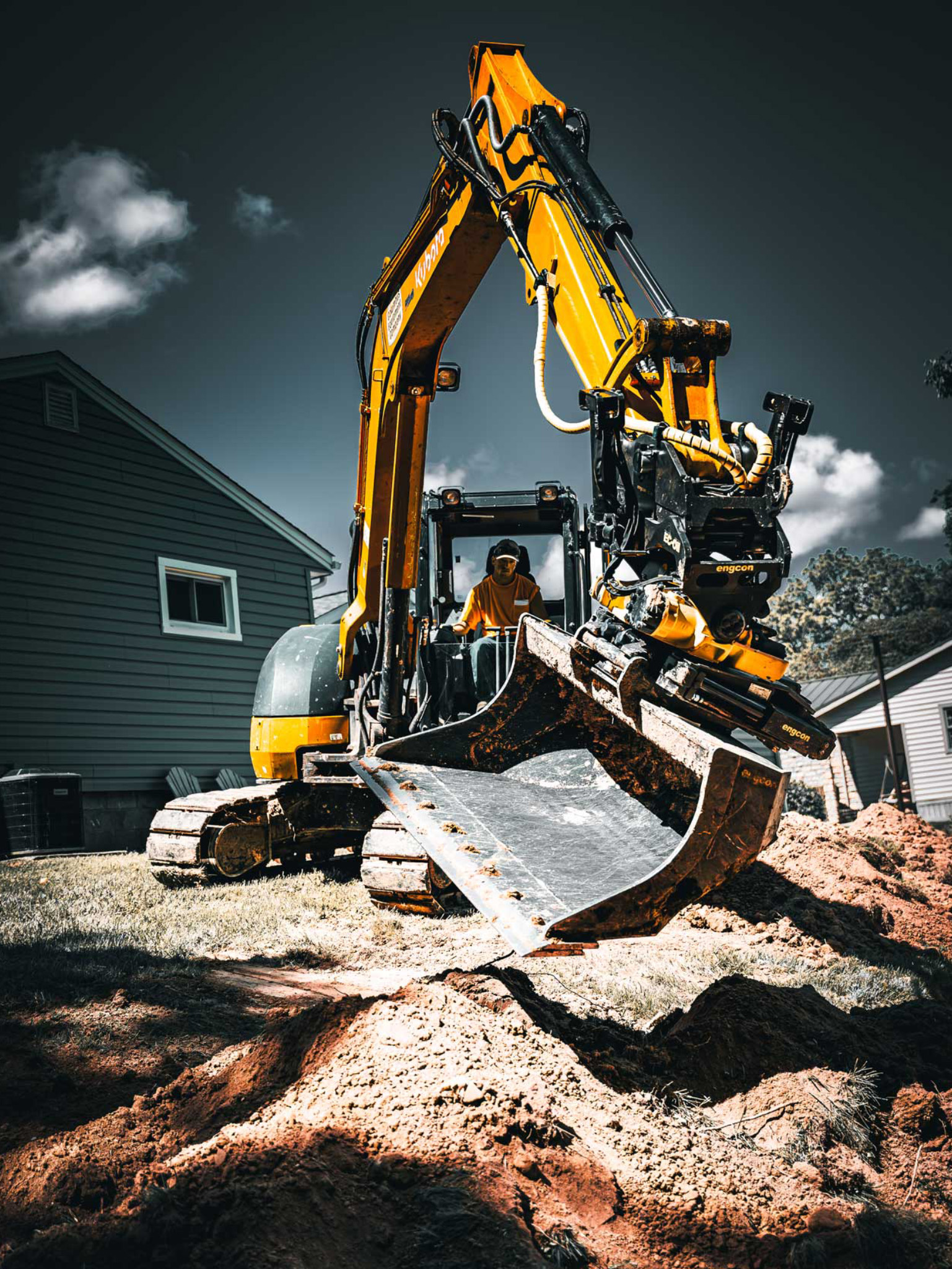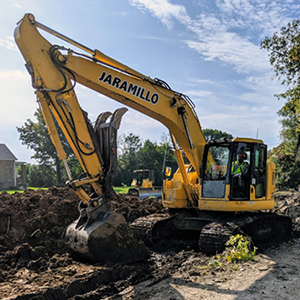Unveiling the Art of Excavation: Pro Tips for Safe and Productive Digging
In the world of excavation, the mastery of effective and risk-free digging is an art form that calls for adherence, understanding, and accuracy to well-known techniques. As dirt is transformed and earth is moved, the intricacies of excavation disclose themselves, requiring a keen understanding of tools, dirt composition, safety and security procedures, and environmental factors to consider. The know-how required to browse these components efficiently can indicate the difference between an effective excavation task and a prospective calamity. By unwinding the layers of this complex procedure, a globe of understandings and techniques waits for those seeking to boost their excavation abilities to new heights.
Significance of Correct Tools
To ensure the safety and security and effectiveness of any kind of excavation job, making use of the appropriate equipment is vital. Excavation projects differ in extent and intricacy, varying from tiny residential landscaping tasks to large-scale construction endeavors.
Excavators are fundamental items of equipment in any digging procedure. These versatile makers can be found in different sizes to match various job requirements. Tiny excavators are excellent for smaller sized tasks, while larger excavators deal with much more extensive tasks effectively. Backhoes are another crucial equipment kind, combining the features of a loader and an excavator in one machine. They are important for jobs needing adaptability and maneuverability.
Aside from excavators, other vital equipment consists of dump plates, bulldozers, and trucks. Discard vehicles are crucial for eliminating and delivering excavated products, while plates are used for excavating deep and narrow trenches. Bulldozers master jobs that need pressing large quantities of soil or particles. By buying the ideal tools, excavation tasks can be finished safely, in a timely manner, and with precision.
Comprehending Soil Composition
A thorough understanding of soil composition is fundamental for executing excavation projects with precision and security. Comprehending the different kinds of dirt is critical as it directly influences excavation methods, devices option, and general job efficiency. Soil composition commonly includes 4 main parts: sand, silt, clay, and organic matter. Each component has distinct buildings that affect exactly how dirt responds to excavation processes.
Sand particles are the largest and offer excellent drainage but provide little communication. Silt fragments are smaller sized than sand however bigger than clay, supplying modest drain and cohesion. Clay particles are the tiniest and give high communication however poor drain. Raw material, such as decaying plant product, impacts soil fertility and security.
Prior to beginning excavation, conducting dirt tests to establish its composition and qualities is vital. This info helps in choosing the suitable equipment, applying precaution, and creating excavation approaches customized to the certain soil conditions - lancaster excavation. By recognizing soil structure, excavation specialists can improve project outcomes while guaranteeing safety and security and adherence to best techniques
Safety Procedures and Protocols
Recognizing soil structure is the cornerstone upon which precaution and procedures for excavation projects are developed, making certain the well-being of employees and the success of the endeavor. There are several crucial procedures that must be implemented to minimize risks and avoid mishaps. when it comes to security throughout excavation.
Primarily, prior to any type of excavating starts, an extensive examination of the site should be performed to recognize any kind of possible threats such as below ground utilities, unsteady dirt conditions, or nearby frameworks that can pose a threat. It is vital to have a competent individual look after the excavation procedure to make certain that all safety and security methods are complied with strictly.
Additionally, all workers entailed in the excavation should be effectively trained in secure digging techniques and the proper procedure of equipment. By sticking to these safety and security procedures and procedures, excavation projects can be completed successfully and without occurrence.
Efficient Excavation Planning
When getting started on an excavation task, careful preparation is vital to guarantee efficiency, safety and security, and successful end results. Effective excavation preparation involves numerous crucial steps that are crucial for the smooth implementation of the task. The very first step is to perform a detailed site analysis to recognize any prospective dangers, such as below ground energies or unsteady soil problems. This info is vital for developing an in-depth excavation strategy that includes security procedures and risk reduction approaches.
As soon as the website assessment is total, the next step is to create a clear timeline and schedule for the excavation activities. This consists of identifying the sequence of jobs, devices requirements, and manpower appropriation. Proper scheduling helps stay clear of delays and makes certain that the project remains on track.

Furthermore, interaction among all staff member is extremely important during the planning phase. Clear instructions, regular updates, and efficient sychronisation are necessary for a successful excavation task. By investing effort and time in careful planning, excavation groups can significantly improve performance, decrease risks, and accomplish successful results.

Managing Environmental Factors To Consider
With increasing focus on environmental sustainability in building and construction methods, taking care of environmental factors to consider has become a vital element of excavation projects. Excavation activities have the potential to affect the surrounding setting with dirt erosion, sediment overflow, habitat disruption, and contamination of water resources. To mitigate these risks, it is important to execute ideal practices that prioritize ecological defense.

Furthermore, correct waste monitoring is vital to protect against soil and water contamination. Executing procedures for the disposal of dangerous products, recycling of waste materials, and reducing the usage of unsafe chemicals can dramatically minimize the ecological effect of excavation jobs. By integrating these methods right into excavation preparation and execution, construction firms can make certain that their tasks are not only safe and efficient however additionally eco responsible.
Conclusion
To conclude, understanding the art of excavation calls for a detailed understanding of appropriate devices, dirt composition, safety procedures, and effective preparation. By following these guidelines and considering ecological factors, excavations can be conducted securely and efficiently. It is essential to focus excavating ohio on security and productivity in every excavating project to guarantee successful outcomes.
As soil is turned and earth is moved, the complexities of excavation reveal themselves, requiring an eager understanding of devices, soil composition, safety procedures, and environmental considerations.To make certain the security and performance of any type of excavation project, utilizing the appropriate devices is extremely important.A detailed understanding of soil make-up is fundamental for implementing excavation tasks with precision and safety and security. Understanding the various kinds of dirt is essential as it directly impacts excavation methods, equipment choice, and general job effectiveness. By understanding dirt structure, excavation professionals can improve task results while making sure safety and adherence to finest techniques.